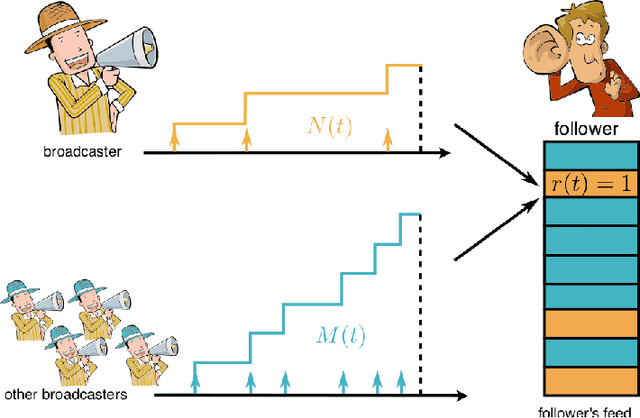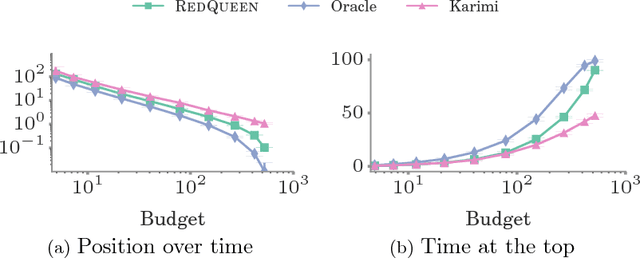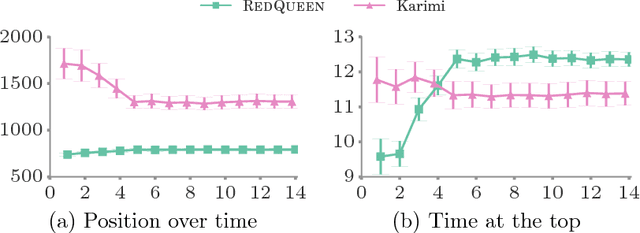Steering Social Activity: A Stochastic Optimal Control Point Of View
Paper and Code
Feb 19, 2018



User engagement in online social networking depends critically on the level of social activity in the corresponding platform--the number of online actions, such as posts, shares or replies, taken by their users. Can we design data-driven algorithms to increase social activity? At a user level, such algorithms may increase activity by helping users decide when to take an action to be more likely to be noticed by their peers. At a network level, they may increase activity by incentivizing a few influential users to take more actions, which in turn will trigger additional actions by other users. In this paper, we model social activity using the framework of marked temporal point processes, derive an alternate representation of these processes using stochastic differential equations (SDEs) with jumps and, exploiting this alternate representation, develop two efficient online algorithms with provable guarantees to steer social activity both at a user and at a network level. In doing so, we establish a previously unexplored connection between optimal control of jump SDEs and doubly stochastic marked temporal point processes, which is of independent interest. Finally, we experiment both with synthetic and real data gathered from Twitter and show that our algorithms consistently steer social activity more effectively than the state of the art.
 Add to Chrome
Add to Chrome Add to Firefox
Add to Firefox Add to Edge
Add to Edge